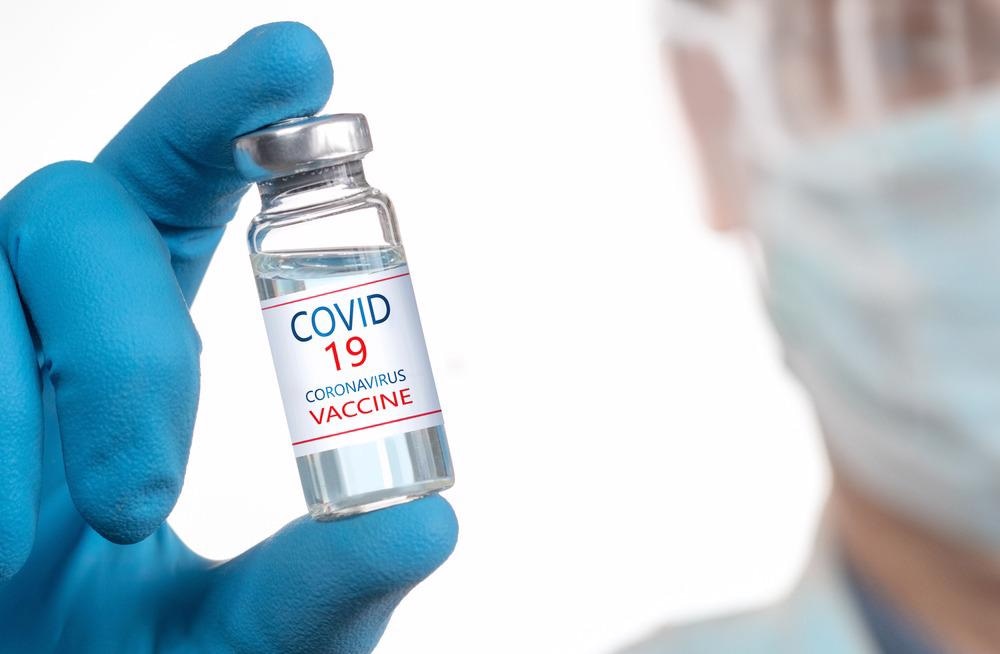A ubiquitous trend that presents itself over history is that inventions and technologies spark during times of crisis. During the 2008 mortgage crisis, the widespread use of cloud systems, specifically cloud storage, was employed. This offered a new standard for security and ease of access. With the recent COVID-19 crisis that all but brought the world to an abrupt stop, unparalleled advancements in biotechnology were brought about.
Innovative techniques in vaccinology and pharmacology have allowed humans to pioneer vaccines in a matter of months rather than years. When multiple labs work simultaneously from multiple fronts, acceleration levels are unprecedented. A testable model of the Zika vaccine was in effect after the first seven months. COVID-19's first testable vaccine was accomplished with even greater speeds, taking all of 42 days.

Image Credit: PalSand/Shutterstock.com
How Vaccinology and Virology Have Evolved Over the COVID-19 Pandemic
In exploratory research, we try to unearth a safe way to expose our T cells and our general immune system to bacteria or viruses. By manipulating genomic or episomal DNA, we can trigger an appropriate immune response via antibodies. This includes
vaccine development, which has seen a sudden surge in innovation on all process fronts. These include the three general phases of vaccine development: the exploratory phase, the clinical development phase, and the quality control phase. Under past conditions, the entire process would have taken a middling range of 15-20 years, though recent breakthroughs have veered the normal course.
Methodical and scrupulous designs are often the most effective when developing vaccines that are made to last a long time. Current attenuated vaccines exist for rubella, influenza, measles, and a few others. To foster a live attenuated strain of SARS-CoV-2, temperature-sensitive mutants are isolated from clinical patients and replicated at low temperatures without impairing proliferation (32oC-34oC). They must also be grown in non-human tissue, animal models, or specified cell lines over longer periods. In contrast, inactivated vaccines rely on a weakened pathogen via denaturation of viral templates by radiation, acidification, or heat. However, their efficacy is diminished because these methodologies use a less robust retrovirus.
Covered in this vast range of vaccine-producing methodologies are conjugate vaccines, mRNA vaccines, protein Sub-Unit vaccines, and many others. All vaccine variants' simultaneous research and production have caused the catalytic shift in increasing biotechnology.
The most prominent vaccine serotypes in the west are Pfizer and Moderna, both of which are comprised of mRNA. As of now, the mRNA templates and adeno-associated viral vectors only encode for the spike protein, which limits the body's immune response, because it is solely focused on one viral antigen. In time, as these growths in biotechnology persist, live attenuated vaccines are likely to become the norm, triggering antibodies for various viral antigens and further protecting the patient. On top of that, the injection of these live attenuated COVID-19 strains may stimulate IgA production, which can prevent infection even by variant strains.
The Broadening Scope of Vaccinology and its Limitations
In a slightly larger scope, these virological advances in biotechnology are being implemented in other branches of medicine. mRNA has now become one of the most prominent therapeutics out there. Protocols and clinical testing associated with these new vaccines are built around other diseases and ailments.
One of many examples is the CureVac AG drugs that German biopharmaceutical companies are producing. By manipulating a strain of CV7202 mRNA, a valid vaccine for the rabies virus glycoprotein RABV-G is being tested. This same company generates viral vectors to combat prostate cancer using RNActive®-derived technology. With doses administered at 1280 μg, these drugs are now in Phase III and could potentially save millions of lives.
However, it is important to understand the weaknesses of these agents. Toxicity is a point of contention when designing new therapeutic mediums. There are times when primers and certain genetic vectors code for nucleoside-based antiviral proteins that express toxicity. These unnatural analogs are used in these novel vaccines, and they enable us to combat them with unparalleled success. However, it is imperative that testing is done correctly and that all toxicology reports are considered.

Image Credit: Lemberg Vector studio/Shutterstock.com
How Biotechnology is Expediting Drug Development
These advances in manufacturing and frontier research can hasten the process of viral design. Once a viral packaging protocol is completely optimized, and if enrichment and transfection efficiency is ever perfected, researchers can potentially swap genetic material from different viruses within a singular vaccine design. Though this seems like a daunting task, if principal investigators opt to pool their knowledge of pathogens and genetic therapies, this outcome may come sooner than previously imagined.
Currently, the vaccine serotypes used in the general population are nucleoside modified mRNA vectors, human adenovirus vectors, modified chimpanzee adenovirus vectors, inactivated virus vectors, and protein-based vectors. By enhancing all forms or allowing these vectors to work with one another in dual therapies, these ameliorations to disease can only grow stronger.
Sources:
- Otto, S. P., Day, T., Arino, J., Colijn, C., Dushoff, J., Li, M., Mechai, S., Van Domselaar, G., Wu, J., Earn, D., & Ogden, N. H. (2021). The origins and potential future of SARS-CoV-2 variants of concern in the evolving COVID-19 pandemic. Current biology : CB, 31(14), R918–R929.
- Okamura, S., & Ebina, H. (2021). Could live attenuated vaccines better control COVID-19?. Vaccine, 39(39), 5719–5726.
- Chakraborty Chiranjib, Sharma Ashish Ranjan, Bhattacharya Manojit, Lee Sang-Soo. (2021). From COVID-19 to Cancer mRNA Vaccines: Moving From Bench to Clinic in the Vaccine Landscape, (12), 1664-3224
- Cevik M, Grubaugh ND, Iwasaki A, Openshaw P. (2021) COVID-19 vaccines: Keeping pace with SARS-CoV-2 variants. Cell;184(20):5077-5081.
- Koczwara, B., Stover, A. M., Davies, L., Davis, M. M., Fleisher, L., Ramanadhan, S., Schroeck, F. R., Zullig, L. L., Chambers, D. A., & Proctor, E. (2018). Harnessing the Synergy Between Improvement Science and Implementation Science in Cancer: A Call to Action. Journal of oncology practice, 14(6), 335–340.
- Xia X. (2021). Detailed Dissection and Critical Evaluation of the Pfizer/BioNTech and Moderna mRNA Vaccines. Vaccines, 9(7), 734.
Further Reading
Last Updated: May 16, 2022